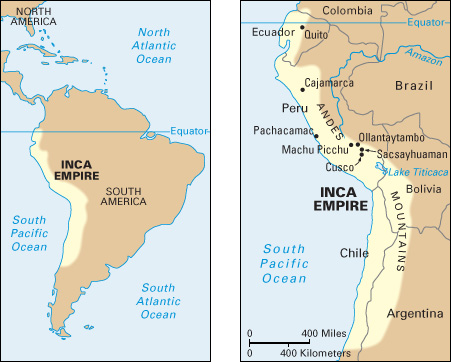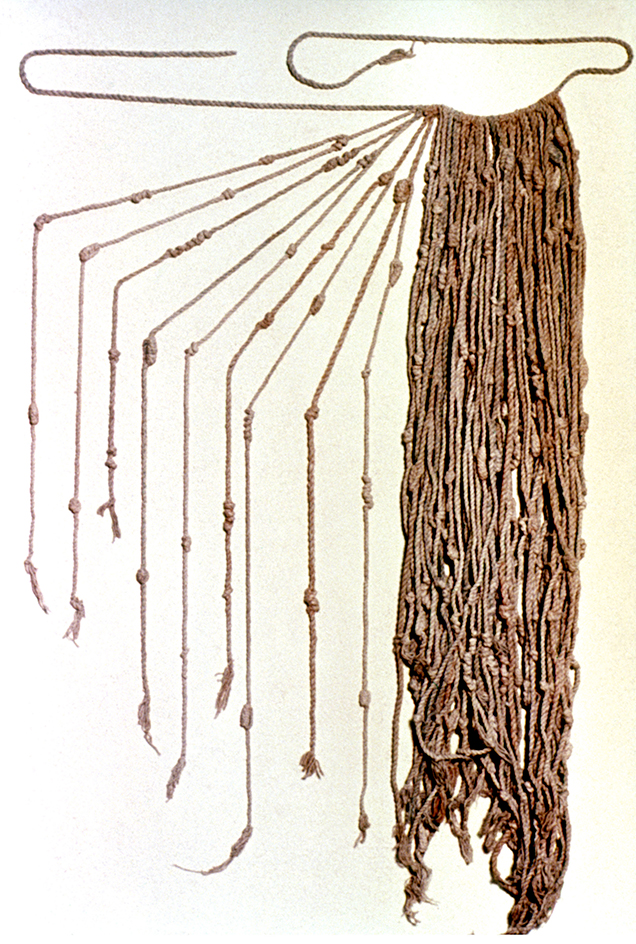Quechua language is a collection of dialects spoken by the ancient Inca and by the Quechua, a Native American people of the Andes Mountains region of South America . About 8 million people speak one of the many Quechua dialects . Quechua is called Runa Simi by its speakers. It is commonly heard in Peru and in parts of Argentina , Bolivia , Chile , Colombia , and Ecuador . Spanish is the official language of these nations, although Quechua is also an official language in Peru and Bolivia. More than 10 percent of Peru’s population speaks Quechua. In Bolivia, Quechua speakers make up about 16 percent of the population.

Quechua was the official language of the Inca . The Inca were a native South American people who ruled one of the largest and richest empires in the Americas. The Inca empire emerged in the early A.D. 1400’s and occupied a vast region centered around the capital of Cusco , in what is now southern Peru. The empire extended over 2,500 miles (4,000 kilometers) along the Andes Mountains. Different peoples within the empire spoke Quechua and a variety of other native languages. A second important language in the empire was Aymara, which is still spoken in Bolivia and other nations.
The Inca did not have an alphabet. However, they did keep records using quipu , cords with knotted strings of various lengths, colors, weaves, and designs. Special officials throughout the empire read and maintained the quipu. 
In the 1500’s, during the Spanish conquest, missionaries studied Quechua to communicate with the Inca. The missionaries were the first to record Quechua in written form. An official _orthography—_that is, a method of representing the sounds of a language by written or printed symbols—was drafted in 1939 and adopted in 1946 for the main Peruvian dialect of Quechua.
